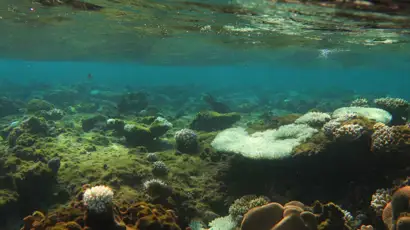The Red Sea, a rich and diverse ecosystem has more than 1200 species of fish have been recorded and around 10% of these are found nowhere else. The Red Sea is characterized by a wide range of different habitats, all of them are considered to be sensitive marine ecosystems with very huge importance to the environment and humans. Coral reefs are the most diverse and most beautiful of all marine habitats. However, the reef itself is actually a component of a larger ecosystem. For this reason, coral reefs often are referred to as the "rainforests of the oceans". Corals occupy less than 0.1% of the world’s ocean surface, yet they provide a home for 25% of all marine species. Healthy reefs can produce up to 35 tons of fish per square kilometer each year, but damaged reefs produce much less.
Coral reefs deliver ecosystem services to tourism, fisheries and coastline protection. They protect shorelines by absorbing wave energy, and many small islands would not exist without their reef to protect them.
Although it is well-known that the Egyptian Red Sea coast is of high value from economical and ecological point of views, there has never been a quantitative survey performed on its resources in term of habitats and key species until the launch HEPCA’s Coastal Survey Project.
In 2010 HEPCA initiated the Coastal Survey Project (CSP) in order to perform the first quantitative survey of our natural resource in the Red Sea, especially coral reefs. The main aim of the project is to determine the most sensitive habitats and collect data on what resources we have in Egypt as a first step in conservation. Moreover, the project is also collects data on the threats and human impacts on our precious resources and develops management plans and solutions for decision makers in order to protect and conserve these resources.
There are two types of stresses associated with reef systems: natural and human-induced. The effect of these stresses can range from negligible to catastrophic. Reefs display a surprising adaptation to short-term natural catastrophic events, such as hurricanes, and usually recover to normal community structure. The natural stresses include: global warming, coral bleaching, crown of thorns (COT), floods and ocean acidification. On the other hand the human impacts and stresses on coral reefs are far more catastrophic and long-lasting in their effects: coral damage from divers and snorkelers, anchoring, reef filling, sedimentation and destruction of natural habitats from tourism development are all examples of how humans can damage the marine resources. The CSP team collects data on both sources of impacts in order to stop them or at least to bring them into the spotlight.
Survey objectives
- Demarcation of sensitive habitats
- Creation of sensitivity maps
- Collection of data on diversity, abundance and status of corals, coral reef fishes and exploited species
- Gathering of data on resilience of different coral reefs
- Establishment of database and creation of monitoring sites based on photo-quadrates and video transect.
- Collection of data on human impacts on marine natural resources
- Development of sustainable management plans for the commercial reef fishes.
With saying all this, there have already been many discernible impacts of climate change around the world and the Red Sea is no different. The most noticeable is that on the coral reefs with the rising water temperatures and the various activities from sea tourism posing serious threats to the marine environment. To transfer this knowledge, HEPCA engages in a range of projects to encourage our understanding of the impact of climate change on the Red Sea region, as well as promoting new pr





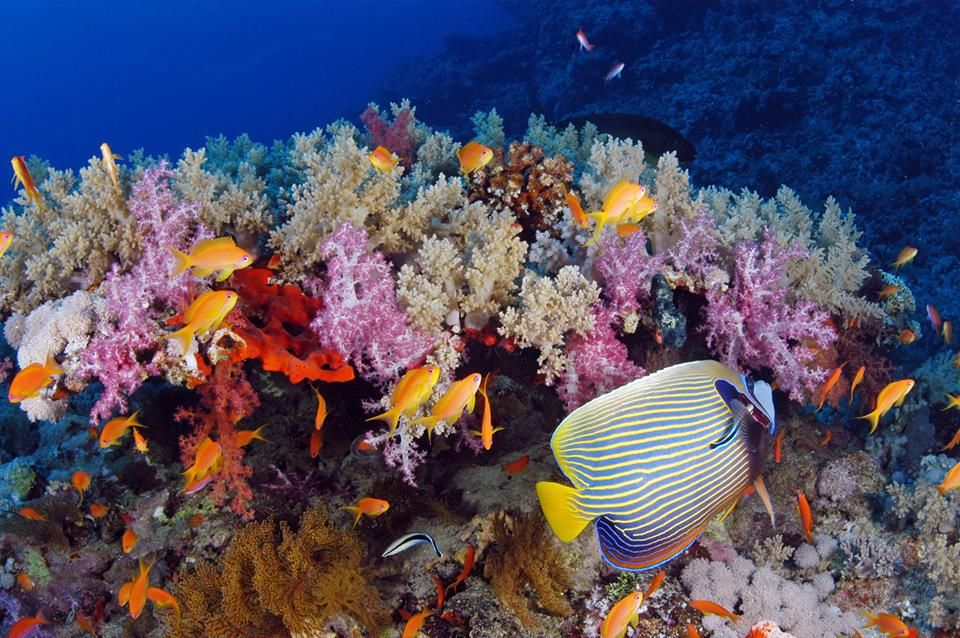
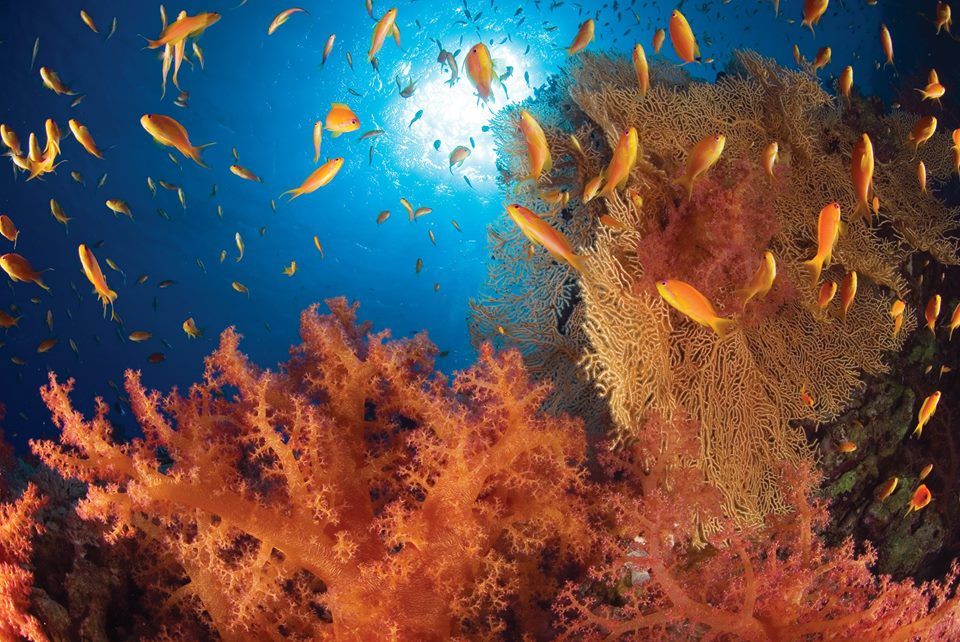
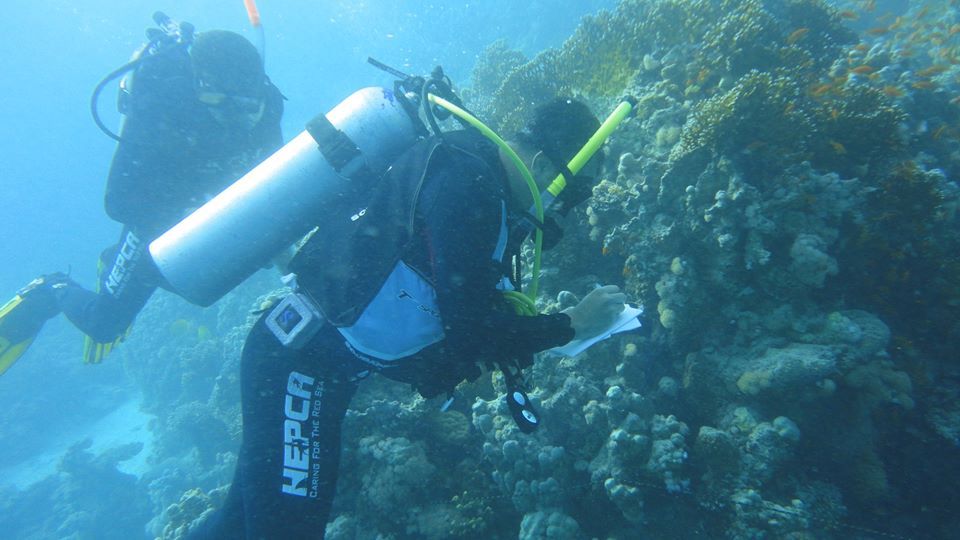
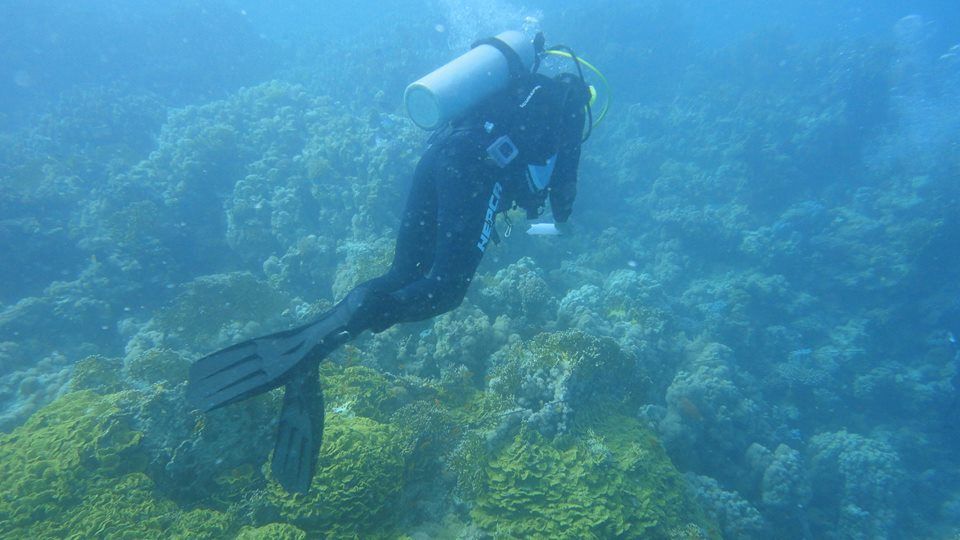
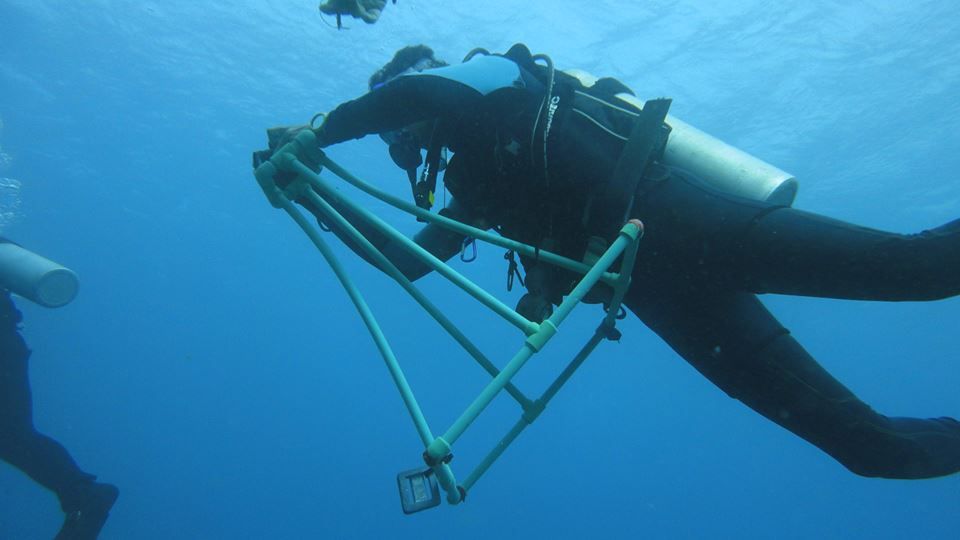
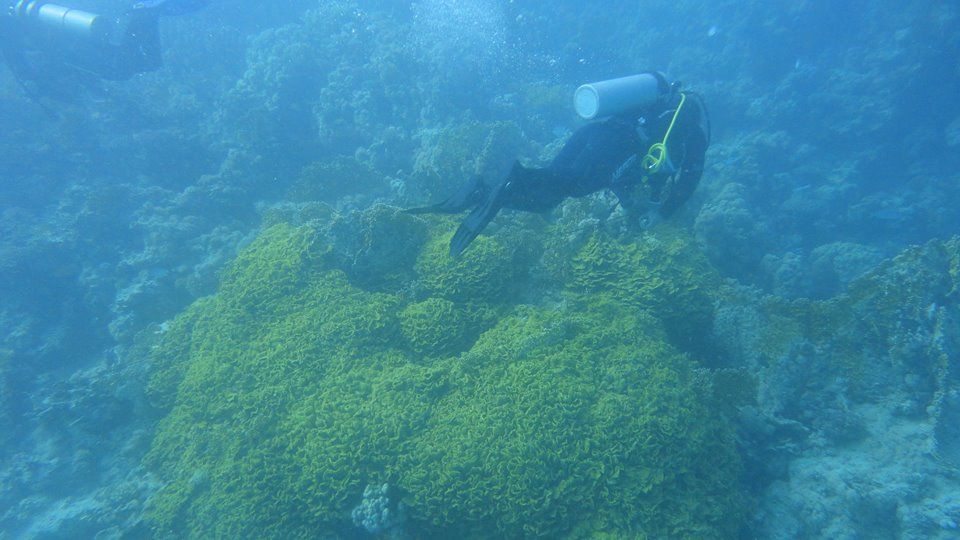
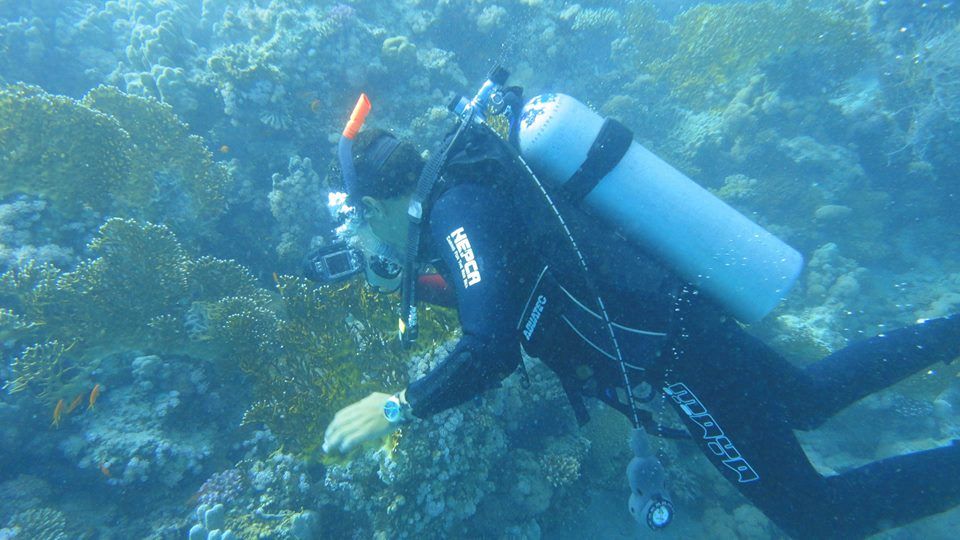
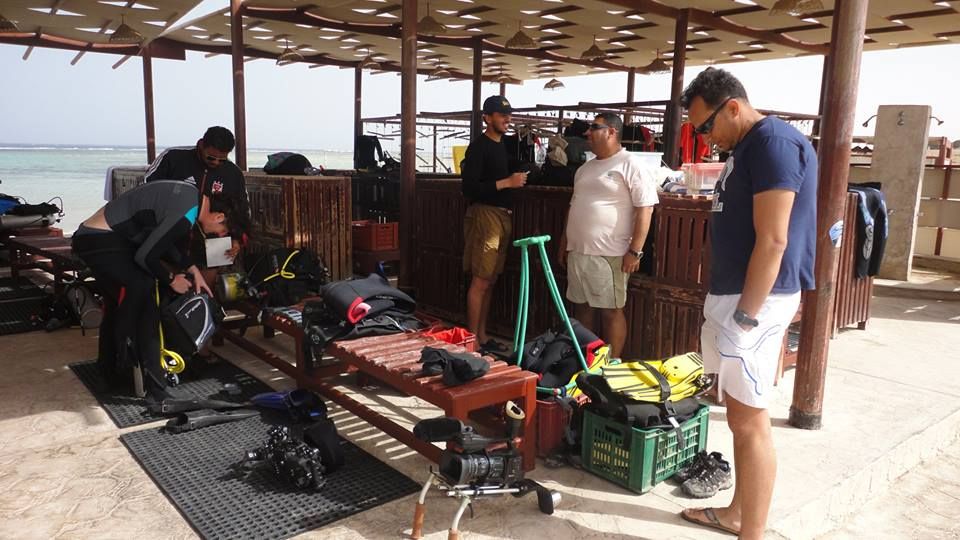
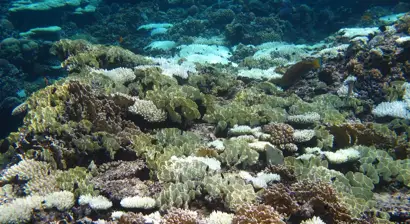
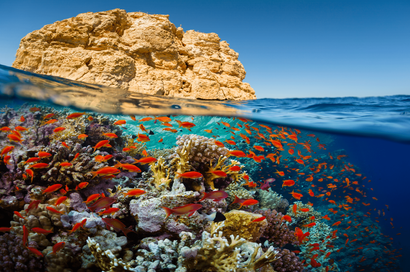
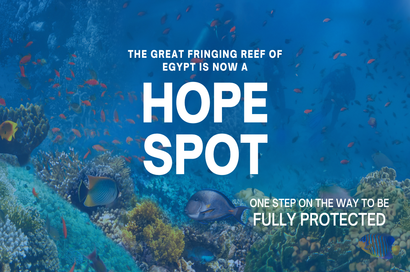
 - frame at 0m12s_lg.webp)
